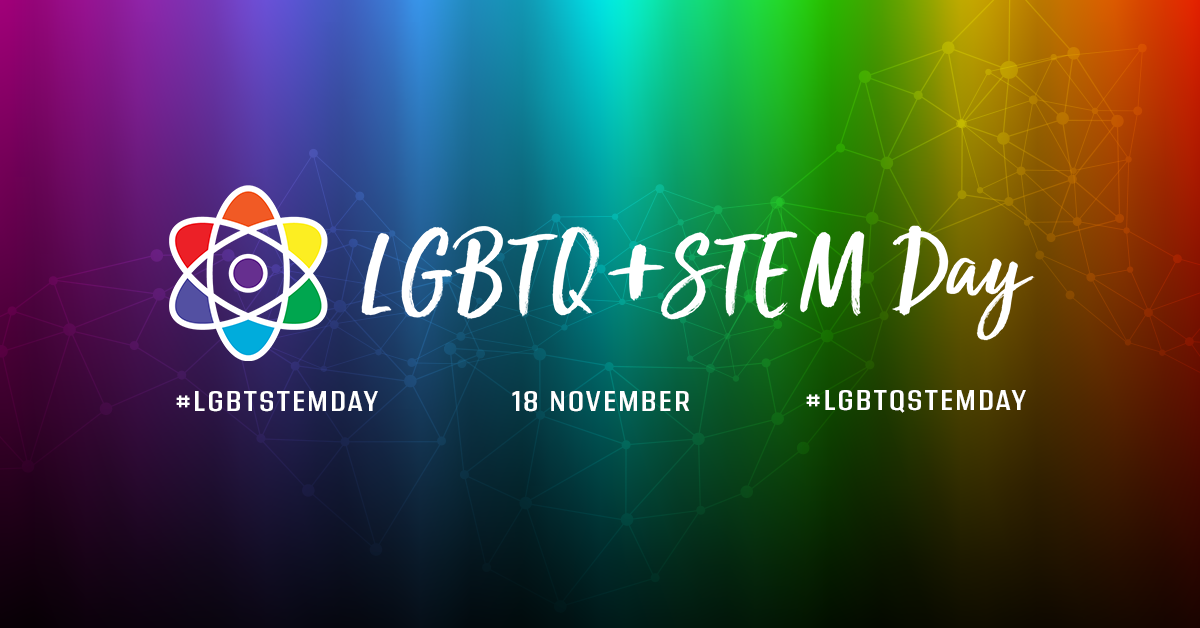Do you know what Carolyn Bertozzi and Svante Pääbo have in common? They both won a Nobel Prize in 2022 – in Chemistry and in Physiology or Medicine, respectively.
Did you also know they both identify as LGBTQ+? Imagine if they had quit scientific research due to a sense of non-inclusion based on sexual orientation, as so many have done before them. Wouldn’t that have been a big loss?
CERN’s Diversity & Inclusion Programme, which I have the privilege to lead, aims to strengthen the diverse working culture of this beautiful international organisation and to enhance the sense of inclusion for all. For example earlier this year in collaboration with the Users Office, and following a recommendation of the “Report from the Working Group on Strengthening the Support for Users at CERN”, we established a study group to improve the inclusion of the non-binary gender population at CERN. The study group met with colleagues from the LGBTQ+ Network, who talked about several inclusion-related difficulties they experience at CERN. The study group also contributed input for Dr Mira Fey’s comprehensive report on LGBTQ+ employees in Geneva-based international organisations.
In the wake of LGBTQ+ STEM Day, which took place on 18 November, we are delighted to announce that the following actions are already under way and will be implemented during the course of 2023, with the support of the SCE and HR department heads:
- a number of non-gendered WC facilities will be made available across the Meyrin and Prévessin sites;
- the issuance of CERN ID badges with the chosen name of members of the personnel in the process of gender transition will be authorised;
- a technical analysis towards a more gender-inclusive personnel database will be undertaken;
- the D&I programme will work closely with the Learning and Development team on D&I training courses, to ensure that they include LGBTQ+ content.
How can you support the LGBTQ+ community toward a meaningful inclusion? Well, being an “LGBTQ+ ally” can simply mean becoming familiar with the terms. For example, “trans” and “non-binary” globally refer to those whose gender identity does not conform to their sex assigned at birth. Non-binary refers to someone whose gender identity is neither “male” nor “female”. Maybe you aren’t sure how to address them? Try paying attention to which pronoun(s) they prefer or, if your language allows it, use gender-neutral terms. And if you observe a non-inclusive behaviour toward them? Call it out or follow up using your Active Bystander skills.
Together, we can all thrive in a diverse and inclusive work environment.
This article is also available as a pdf.
